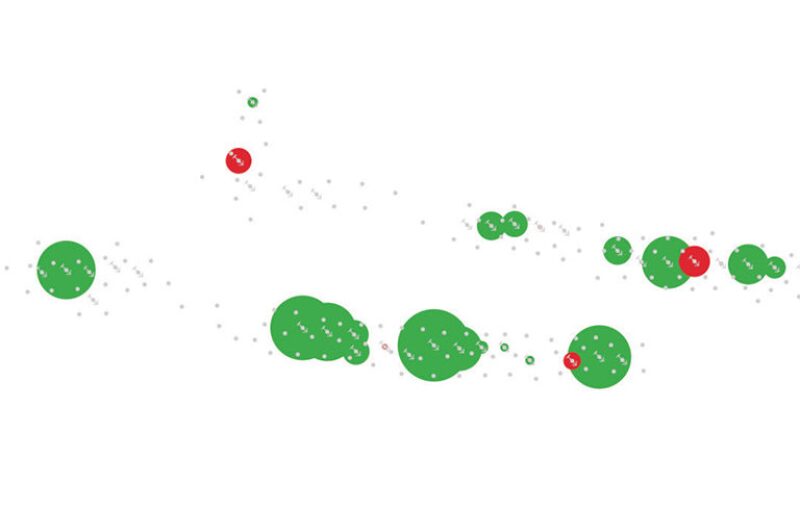A physics-based model augmented by machine learning proved its ability to optimize a steam-injection plan in a shallow, heavy-oil field in the San Joaquin Basin of California. The model and a case study to validate its predictive capabilities were described in the previously published paper SPE 185507. Paper SPE 193680 updates the previous case study and presents the results of actual implementation of an optimized steam-injection plan based on the model framework.
Introduction
The goal of steamflood modeling and optimization is to determine the optimal spatial and temporal distribution of steam injection to maximize future recovery or field economics. Accurate modeling of thermodynamic and fluid-flow mechanisms in the wellbore, reservoir layers, and overburden can be prohibitively resource-intensive for operators, who instead often default to simple decline-curve analysis and operational rules of thumb. The physics-based model described in this paper allows operators to leverage readily available field data to infer reservoir dynamics from first principles.


